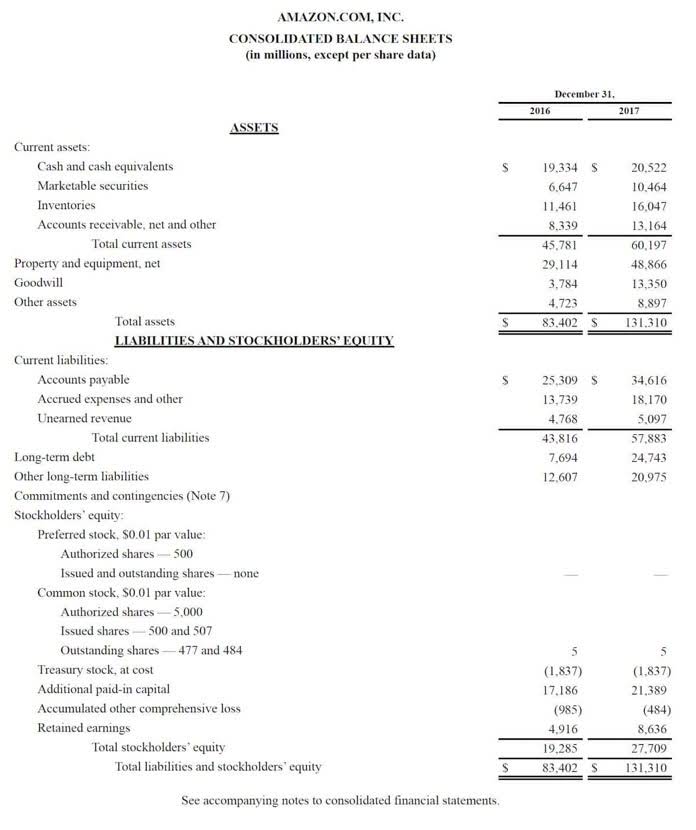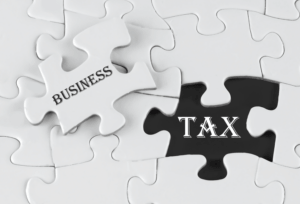
Cumulative dividend provisions are intended to give preferred shareholders confidence that they’ll receive the stated return on their investments. From the perspective of investors, non-cumulative preferred stocks may seem less attractive due to the lack of dividend assurance. However, they often come with a higher dividend yield to compensate for this risk. For instance, consider a company like ABC Technologies, which opts to issue non-cumulative preferred stock. During a year of exceptional growth, the company decides not to pay dividends to invest in a groundbreaking project. Investors may miss out on dividends that year, but if the project succeeds, the company’s value could soar, benefiting investors in the long run.
© Copyright 2025 – Financial Issues Stewardship Ministries & Portfolio Tracker™.
In most cases, convertible preferred stock allows a shareholder to trade their preferred stock for common stock shares. The exchange may happen when the investor wants, regardless of the price of either share. Once the exchange has occurred, the investor has relinquished its right to trade and cannot convert the common shares back to preferred shares. Convertible preferred stock usually has predefined guidance on how many shares of common stock it can be exchanged for. Another difference is that preferred dividends are paid from the company’s after-tax profits, Bookstime while bond interest is paid before taxes.
Common Stock and Preferred Stock

It does not take into account any investor’s particular investment objectives, strategies, tax status or investment horizon. There is no representation or warranty as to the accuracy of the information and State Street shall have no liability for decisions based on such information. ETFs trade like stocks, are subject to investment risk, fluctuate in market value and may trade at prices above or below the ETFs net asset value. It does not take into account any investor’s particular investment objectives, strategies, tax status or investment horizon. VolatilityThe tendency of a market index or security to jump around in price.
Cumulative and noncumulative preferred stock
- But having issued noncumulative preference shares provides flexibility to companies, as in case of a financial crisis, they can manage without paying out dividends.
- Similar to common stock, preferreds represent an equity interest in a company.
- Their primary benefit is that they always pay a dividend to their shareholders.
- This helps them manage a balanced investment with a satisfying return to investors and, at the same time, manage with lower cash flows during a financial crisis.
- A long-time financial journalist, Dan is a veteran of MarketWatch, CBS MoneyWatch, SmartMoney, InvestorPlace, DailyFinance and other tier 1 national publications.
- Since the preferred stock is noncumulative in this case, the dividend on 6% outstanding preferred shares would be paid only for the current period.
Preferred stockholders typically have no voting rights, whereas common stockholders do. Preferred stockholders may have the option to convert shares to common shares, but not vice versa. Preferred shares may be callable where the company can demand to repurchase them at par value. Second, preferred stock typically do not share in the price appreciation (or depreciation) to the same degree as common stock.

Noncumulative Preferred Stock
- From the perspective of investors, non-cumulative preferred stocks may seem less attractive due to the lack of dividend assurance.
- In noncumulative preference shares, a company can skip the dividend in the year.
- Bond-rating firms, such as Standard & Poor’s, use different lettered descriptions to identify a bond’s credit quality.
- An additional caveat is that in the event of liquidation, cumulative stockholders are given preference over noncumulative stockholders.
- Preferred stock come in a wide variety of forms and are generally purchased through online stockbrokers by individual investors.
Passively managed funds invest by sampling the index, holding a range of securities that, in the aggregate, approximates the full Index in terms of key risk factors and other characteristics. This may cause the fund to experience tracking errors relative to performance of the index. In general, ETFs can be expected to move non cumulative preferred stock up or down in value with the value of the applicable index.
Understanding Noncumulative
The unpaid dividends on noncumulative preferred shares (stock) are not carried forward in subsequent years. If management does not declare a dividend in a particular year, there is no question of ‘dividends in arrears’ in case of noncumulative preferred shares. In noncumulative preference shares, a company can skip the dividend in the year. The landscape for non-cumulative preferred stock is shaped by various market trends that influence both investor behavior and corporate strategies. One notable trend is the increasing interest in hybrid securities, which blend features of both debt and equity.

This means that if a company decides not to pay a dividend in a given year, non-cumulative preferred shareholders are not entitled to claim the unpaid dividend in the future. Unlike cumulative preferred stock, unpaid dividends on noncumulative preferred stock are not carried forward to the subsequent years. If preferred stock is noncumulative and directors do not declare a dividend because of insufficient profit in a particular year, there is no question of dividends in arrears. Unlike cumulative preferred stock, noncumulative preferred stock does not utilize the dividend in arrears account for unpaid dividends. Noncumulative preferred stockholders QuickBooks have priority over common shareholders when it comes to dividends that are declared in the current year. All preferred dividends must be paid first, but if no dividends are declared, the noncumulative preferred shareholders don’t get a dividend that year.